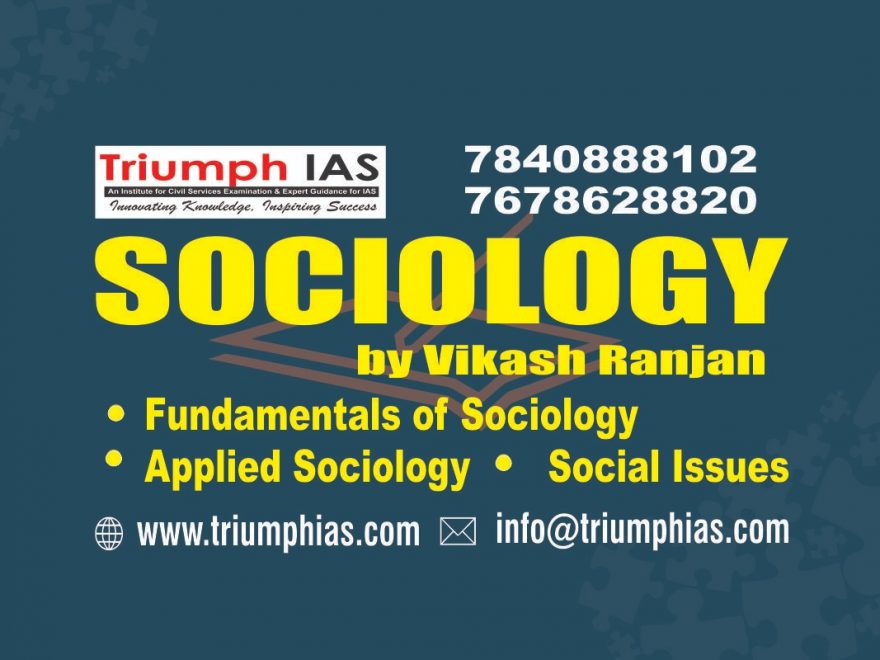Q. Describe the salient features of poverty alleviation programmes. what modifications would you suggest to make them more effective? (2007) (250)
MODEL ANSWER
The poverty alleviation programmes in India can be categorized based on whether it is targeted either for rural areas or for urban areas.
Most of the programmes are designed to target the rural poverty as prevalence of poverty is high in rural areas. Also targeting poverty is a great challenging in rural areas due to various geographic and infrastructure limitations.
The programmes can be mainly grouped into:
1) Wage employment programmes
2) Self-employment programmes
3) Food security programmes
4) Social security programmes
5) Urban poverty alleviation programmes.
The Indian Constitution and five-year plans state social justice as the primary objective of the developmental strategies of the government. The government’s approach to poverty reduction was of three dimensions. These are given as follows:
i) The first one is growth-oriented approach. It is based on the expectation that the effects of economic growth — rapid increase in gross domestic product and per capita income — would spread to all sections of society and will trickle down to the poor sections also. It was felt that rapid industrial development and transformation of agriculture through green revolution in select regions would benefit the underdeveloped regions and the more backward sections of the community.
ii) In the following years, policy makers started thinking that incomes and employment for the poor could be raised through the creation of additional assets and by means of work generation. This could be achieved through specific poverty alleviation programmes. Expanding self-employment programmes and wage employment programmes are being considered as the major ways of addressing poverty. Examples of self-employment programmes are Rural Employment Generation Programme (REGP), Prime Minister’s Rozgar Yojana (PMRY) and Swarna Jayanti Shahari Rozgar Yojana (SJSRY).
Earlier, under self-employment programmes, financial assistance was given to families or individuals. Since the 1990s, this approach has been changed. Now those who wish to benefit from these programmes are encouraged to form self-help groups. Under MGNREGA, all those among the poor who are ready to work at the minimum wage can report for work in areas where this programme is implemented.
iii)The third approach to addressing poverty is to provide minimum basic amenities to the people. It is envisaged that through public expenditure on social consumption needs — provision of food grains at subsidised rates, education, health, water supply and sanitation—people’s living standard could be improved. For example- Public Distribution System, Integrated Child Development Scheme and Midday Meal Scheme etc.
iv)The government also has a variety of other social security programmes to help a few specific groups. For example-National Social Assistance Programme. Pradhan Mantri Gram Sadak Yojana, Pradhan Mantri Gramodaya Yojana, Valmiki Ambedkar Awas Yojana are attempts in developing infrastructure and housing conditions.
It may be essential to briefly state that India has achieved satisfactory progress in many aspects. The percentage of absolute poor has decreased. However, despite various strategies to alleviate poverty, hunger, malnourishment, illiteracy and lack of basic amenities continue to be a common feature in many parts of India. Though the policy towards poverty alleviation has evolved in a progressive manner, over the last five and a half decades, it has not undergone any radical transformation. Scholars, while assessing these programmes, state three major areas of concern which prevent their successful implementation. These are given below:
a) Due to unequal distribution of land and other assets, the benefits from direct poverty alleviation programmes have been appropriated by the non-poor.
b) Compared to the magnitude of poverty, the amount of resources allocated for these programmes is not sufficient.
c) These programmes depend mainly on government and bank officials for their implementation.
Poverty can effectively be eradicated only when the poor start contributing to growth by their active involvement in the growth process. This is possible through a process of social mobilisation, encouraging poor people to participate and get them empowered.

